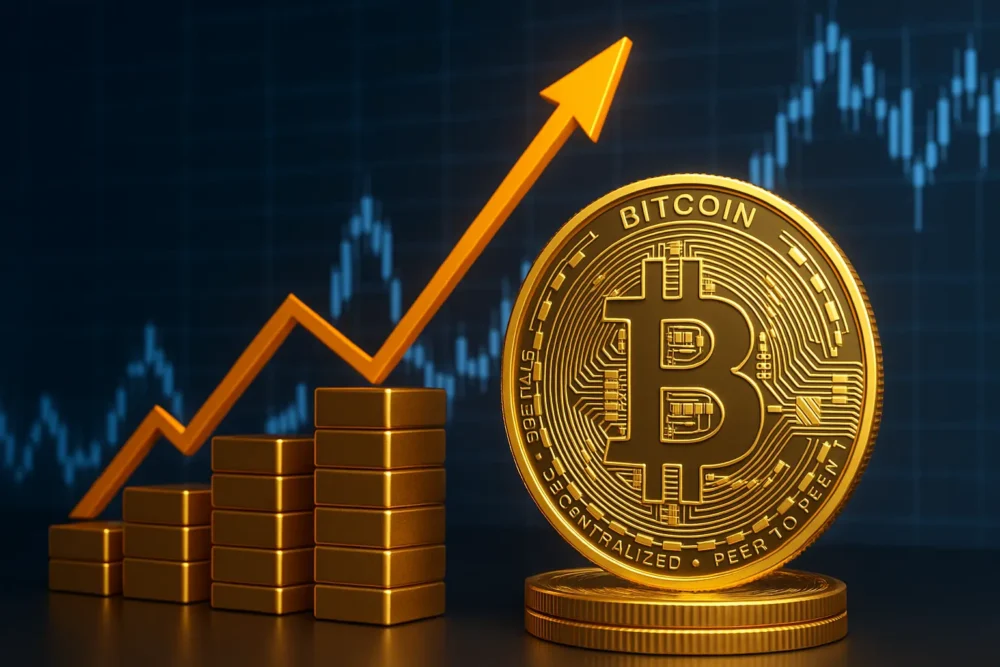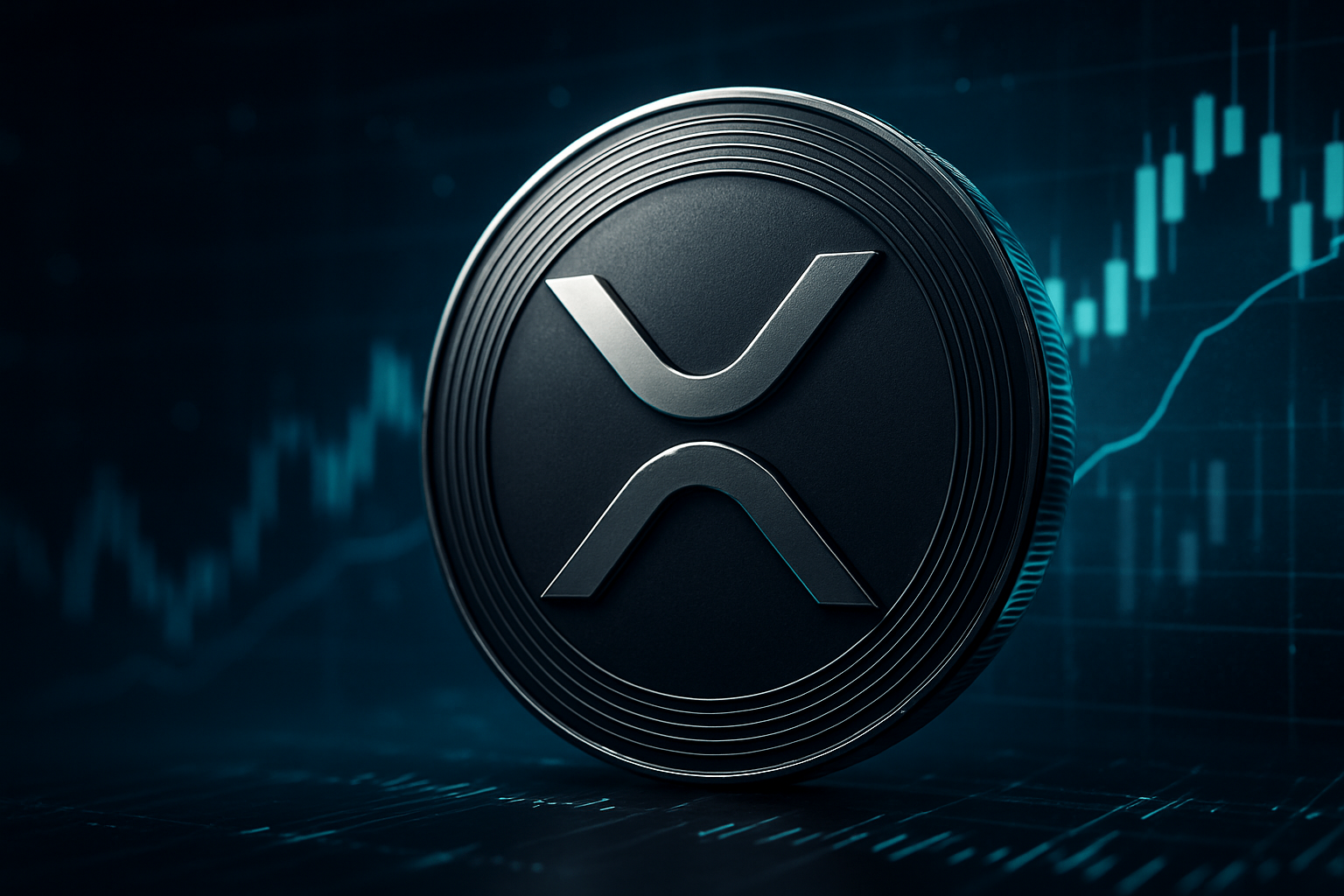Bitcoin exchange-traded funds (ETFs) in the United States are enjoying a strong run of investment. Over the past 13 trading days, they’ve taken in more than $2.9 billion.
This marks the longest streak of positive inflows since December 2024. It’s also a sign that large investors continue to show interest in Bitcoin, even though the price hasn’t moved much.
On Tuesday, the ETFs saw their biggest single-day inflow for June, pulling in $588.6 million. By the end of the week, the total had reached $1.2 billion. According to Farside Investors, BlackRock’s ETF, called IBIT, led the way with $163.7 million in new investment on Thursday.
Fidelity’s FBTC brought in $32.9 million, and Bitwise’s BITB followed with $25.2 million. Other funds like Ark’s ARKB and Invesco’s BTCO also reported inflows, though smaller. Meanwhile, Grayscale’s GBT and some of the lesser-known ETFs didn’t see much activity.
These numbers show that institutions are still buying into Bitcoin ($BTC), even as the price stays around $107,374 – down slightly by 0.4% in the last 24 hours, according to CoinGecko.
What’s interesting is that ETF managers are mostly buying Bitcoin through over-the-counter (OTC) trades. This helps them avoid moving the market price too much.
The head of research at Presto Labs, Peter Chung, explained that ETF inflows are mostly coming from two types of investors: “Long-only fundamental investors and basis arb traders”.
But lately, the arbitrage opportunities aren’t great. That means, according to Chung, “most of the ETF flows are driven by long-only fundamental investors.”
Chung also pointed out that Bitcoin held by short-term holders – those who’ve held it for less than 155 days – has dropped fast in the past two months. This suggests that short-term traders are selling, while institutions and long-term holders are stepping in to buy.
At the same time, the crypto world is starting to look ahead to new ETFs. Bloomberg analyst, Eric Balchunas, noted that changes in filings for Dogecoin and Aptos ETFs, along with new rule changes by Bitwise, show a big shift in attitude at the US Securities and Exchange Commission (SEC).
“Everything we’re hearing is even more optimistic than what we heard during the Bitcoin saga”, Balchunas said.
He believes there’s a more than 95% chance that ETFs for Solana, XRP, and Litecoin will be approved soon. For Dogecoin, he gives it a 90% chance. Since Bitcoin ETFs were launched 18 months ago, they’ve brought in more than $40 billion.
The founder of Indian crypto exchange Giottus, Arjun Vijay, sees a clear trend: “Retail is selling while the institutions are buying”.
Still, not everyone thinks ETF inflows tell the whole story. Ganesh Mahidhar from Further Ventures said a lot of real buying is happening through other channels like treasury programmes and structured products. So the headline numbers might not reflect all the activity.
Bitcoin miners under pressure but staying strong
While institutions are buying, Bitcoin miners are having a harder time. Their income has dropped to the lowest level in two months.
A report from CryptoQuant showed that on 22 June, daily mining revenue fell to $34 million – the lowest since April and one of the weakest days in the past year.
This drop is partly because of lower transaction fees and Bitcoin’s price staying flat. The network’s hashrate – which measures computing power – has also fallen by 3.5% since 16 June. This is the biggest drop since July 2024.
It shows that miners are starting to feel the pressure, especially after the recent Bitcoin halving, which cut their rewards in half.
Even so, miners haven’t started selling off their Bitcoin in big numbers. Transfers from miner wallets to exchanges have dropped from 23,000 BTC in February to just 6,000 BTC now. That means they’re holding onto their coins, even as profits shrink.
Some of the earliest Bitcoin holders, known as “Satoshi-era miners” – who mined Bitcoin between 2009 and 2011 – have also been holding tight. In 2025, they’ve only sold around 150 BTC. That’s a big drop compared to the 10,000 BTC they sold in 2024.
Instead of selling, miners are building their reserves. Addresses holding between 100 and 1,000 BTC – which are often linked to mid-sized mining operations – have added around 4,000 BTC since March. Their holdings are now at the highest level since November 2024.
CryptoQuant summed it up clearly: “Miners are not contributing to selling pressure at these price points”.
Meanwhile, Bitcoin miner Bit Digital is making a big change. The company is shifting its focus to Ethereum. It started collecting ETH back in 2022, after Ethereum moved to a proof-of-stake system.
As of March, the company held 24,434.2 ETH and 417.6 BTC, worth about $44.6 million and $34.5 million respectively.
Now, Bit Digital plans to convert all of its Bitcoin into Ethereum. Once that’s done, it will hold around 42,000 ETH – worth about $103 million at current prices. To help fund the shift, Bit Digital is offering 75 million shares to the public, priced at $2 each. The goal is to raise $150 million, which will be used to buy more ETH.
The move comes at a time when ETH staking is becoming more popular. REX Shares recently filed with the SEC to add staking features to Ethereum ETFs. But not everyone is happy with Bit Digital’s new direction. After the announcement, its stock dropped nearly 4% on Wednesday.
Over the past week, shares have fallen 19%, from $2.40 to $1.86. The company has also dropped from being the 12th-largest Bitcoin miner by market cap to the 13th. Its stock has fallen over 40% so far this year.
Other mining firms have also faced pressure on Wall Street in 2025, as rising costs have made operations less profitable.
Bitcoin price levels show mixed signals
Bitcoin’s price swings have slowed down. Once known for its wild moves, the cryptocurrency is now less volatile than it has been in years.
A chart from Bloomberg’s Eric Balchunas showed that the 60-day volatility of BlackRock’s IBIT compared to the S&P 500 has dropped a lot. A year ago, Bitcoin was 5.7 times more volatile. Now, it’s just 1.28 times.
This change has caught the attention of analysts. In a weekly report, Binance Research said Bitcoin is starting to behave more like a safe-haven asset during global crises.
A study by BlackRock from September 2024 showed that Bitcoin has given an average return of 37% in the 60 days after major geopolitical events since 2020.
Still, it’s unclear if this trend will continue. Investor, Dan Tapiero, thinks Bitcoin is setting up for a big breakout. He sees a technical pattern called a “cup and handle”, which could lead to a price surge.
According to Tapiero, “If BTC can break above the $115,000 level”, it could jump to $150,000 or even $180,000.
Right now, Bitcoin is trading at $107,044.07, up about 1% in the past 24 hours. The market is watching closely to see if the price can break past $108,000, which is a key resistance level.
Coinbase CEO, Brian Armstrong, recently said his company is buying Bitcoin every week. This adds to the growing sense of institutional interest.
But signs of market fatigue are starting to appear. Realised profits in this cycle have already passed $650 billion – more than the $550 billion made in the last cycle from 2020 to 2022. That could mean the market is cooling off after a long rally.
Other data shows a drop in activity. Bitcoin’s transfer volume, using a 7-day average, has fallen by 32%, from $76 billion in late May to $52 billion now. This points to less trading and lower buying pressure.
As of now, Bitcoin is holding at around $106,907. To move higher, it needs to stay above $108,000.
If it can do that, it might climb to $110,000 or even challenge its all-time high of $111,980. But if demand falls, the price could drop below $105,000 and possibly test $100,000.
The market is fragile. While some analysts see strong upside potential, others are warning that Bitcoin’s momentum may be fading. Whether it’s ETF flows, miner strategies, or Ethereum’s rise – all eyes are on what happens next in the world of crypto.


